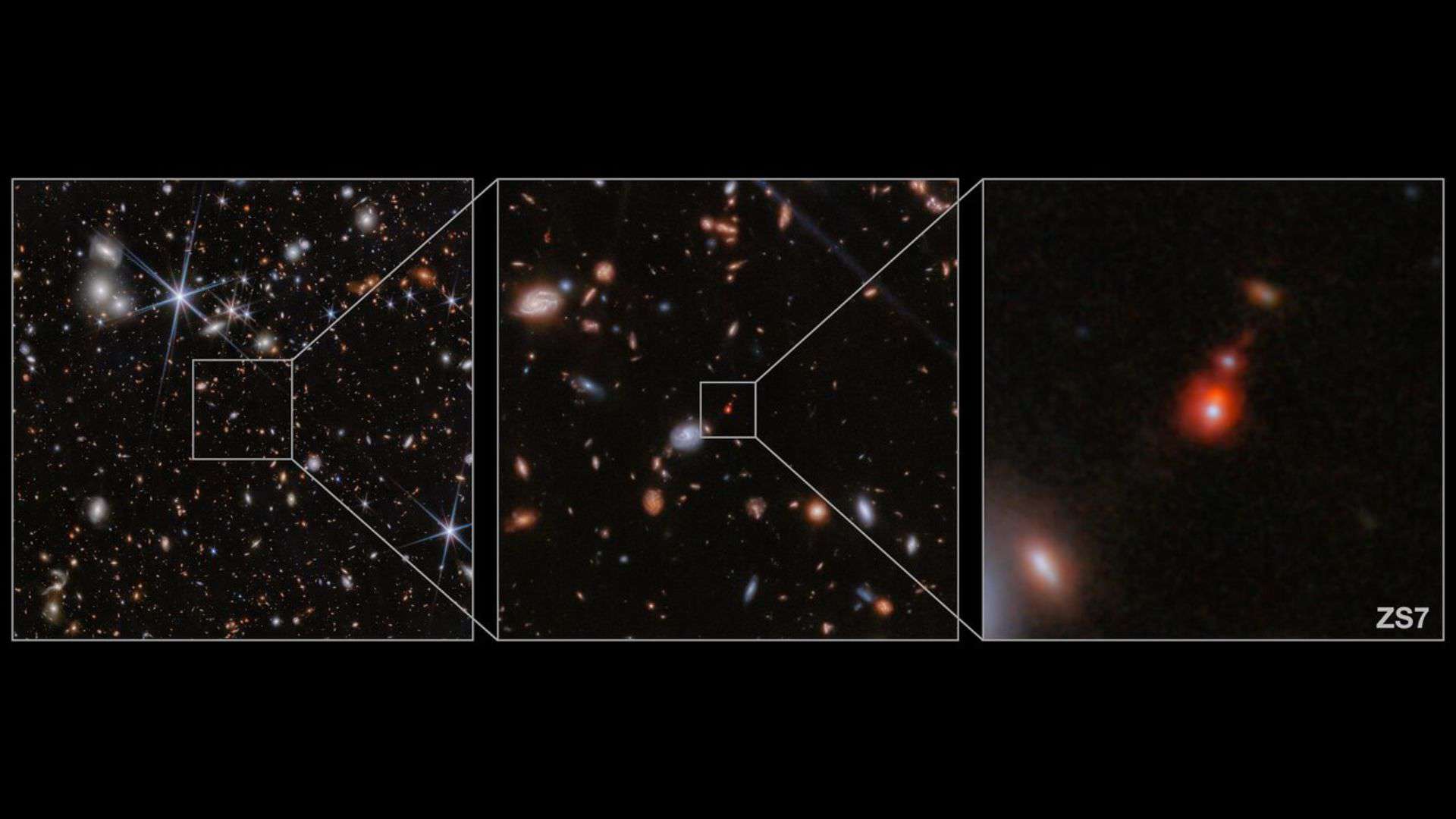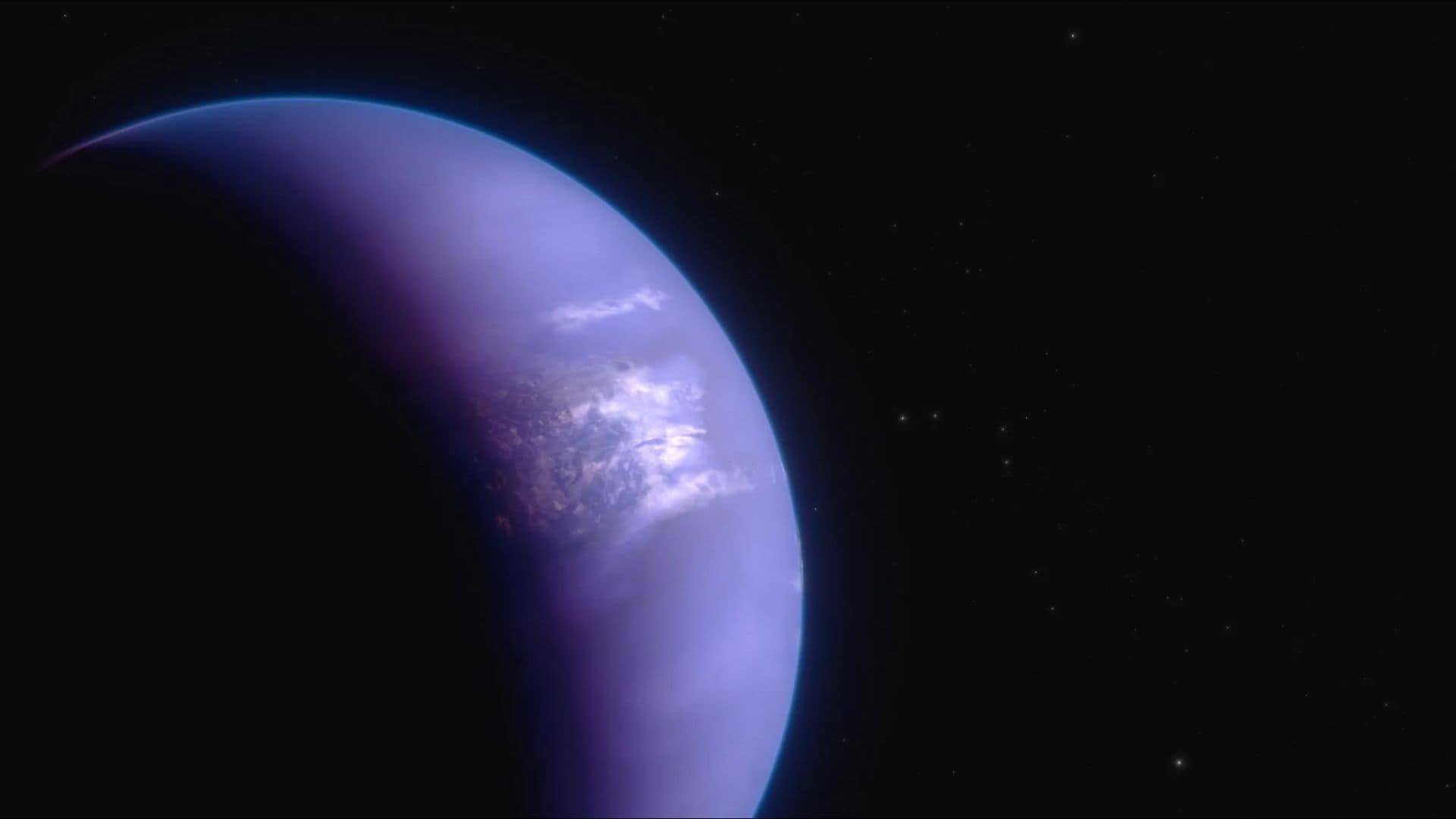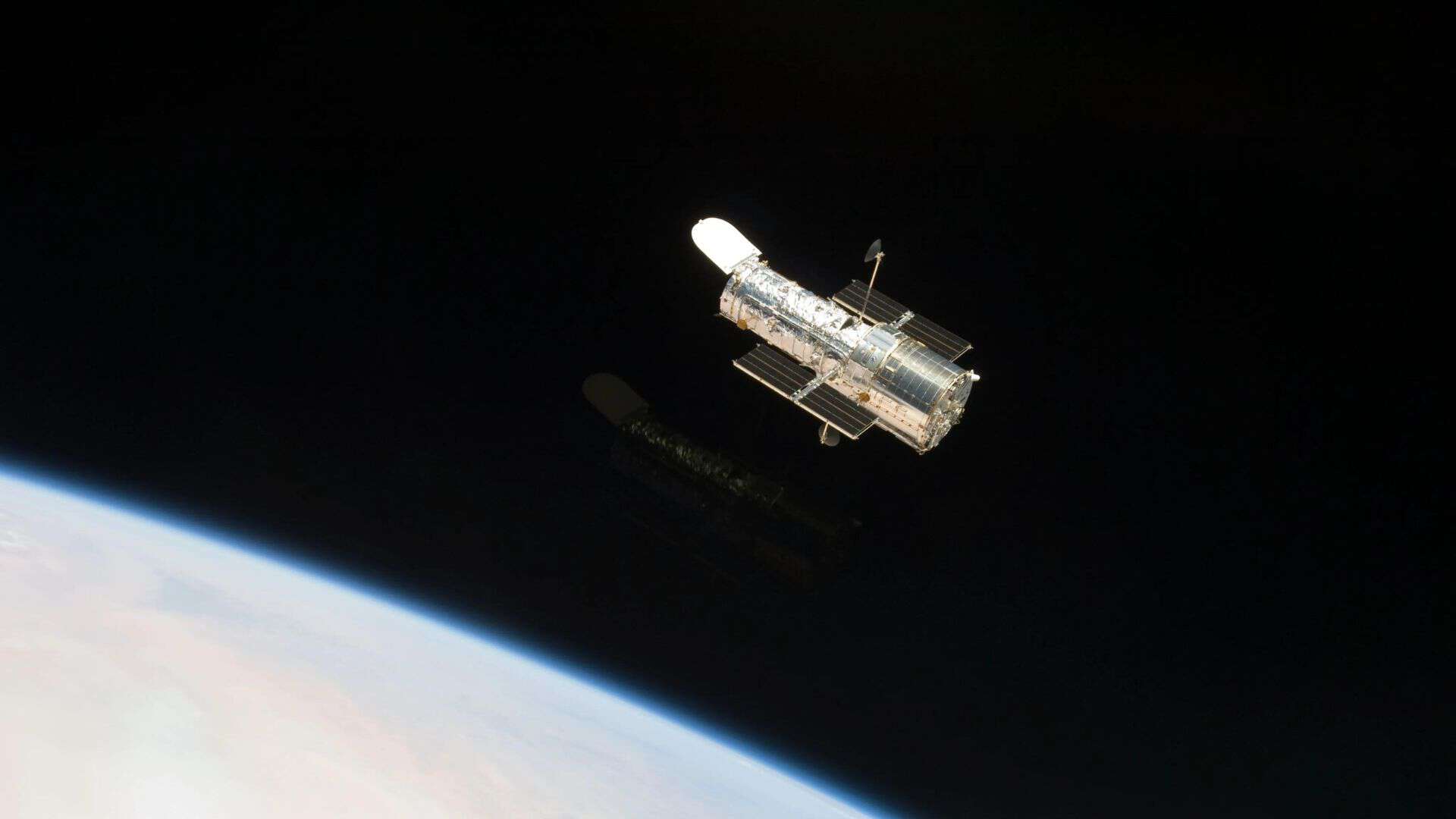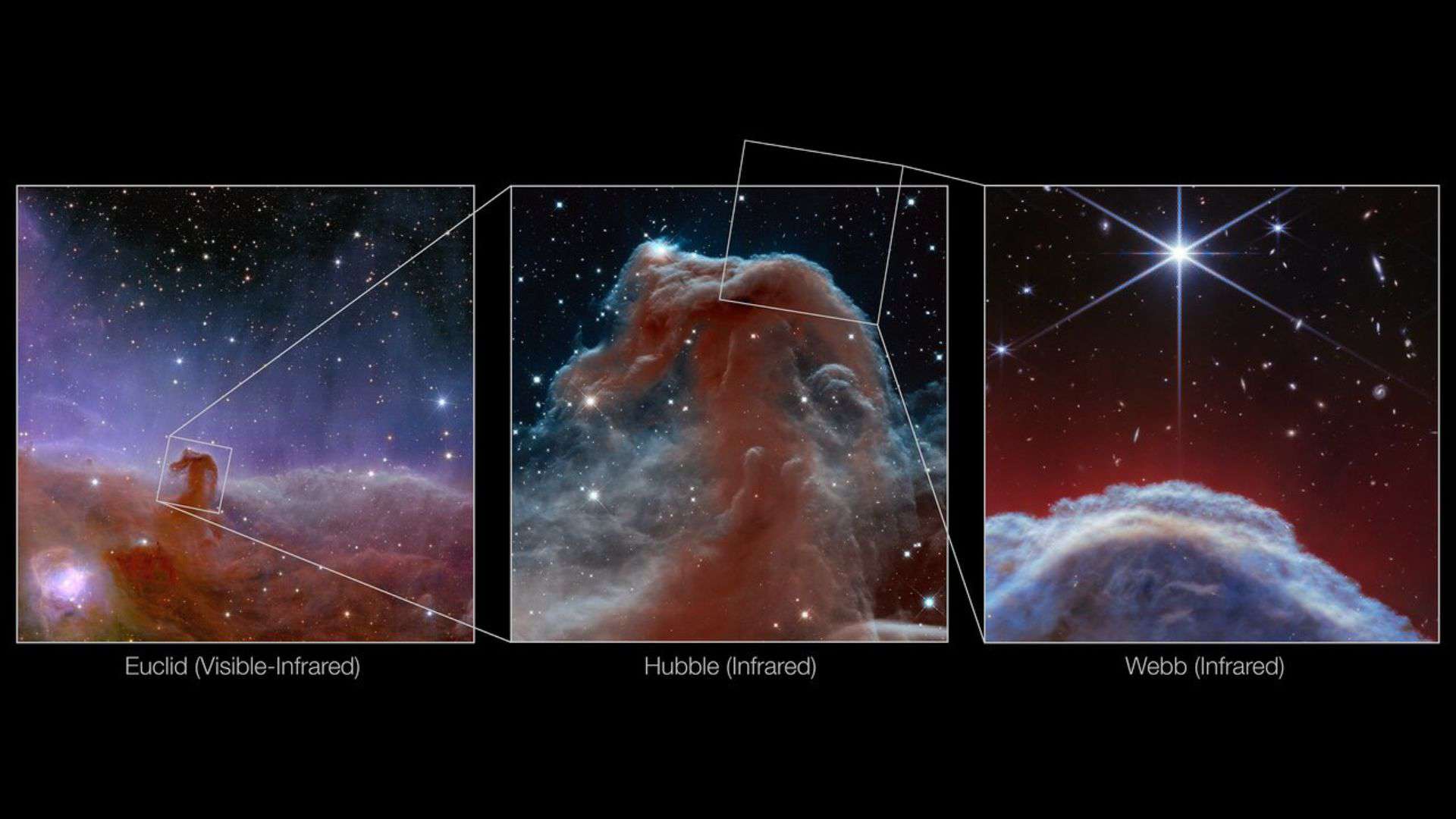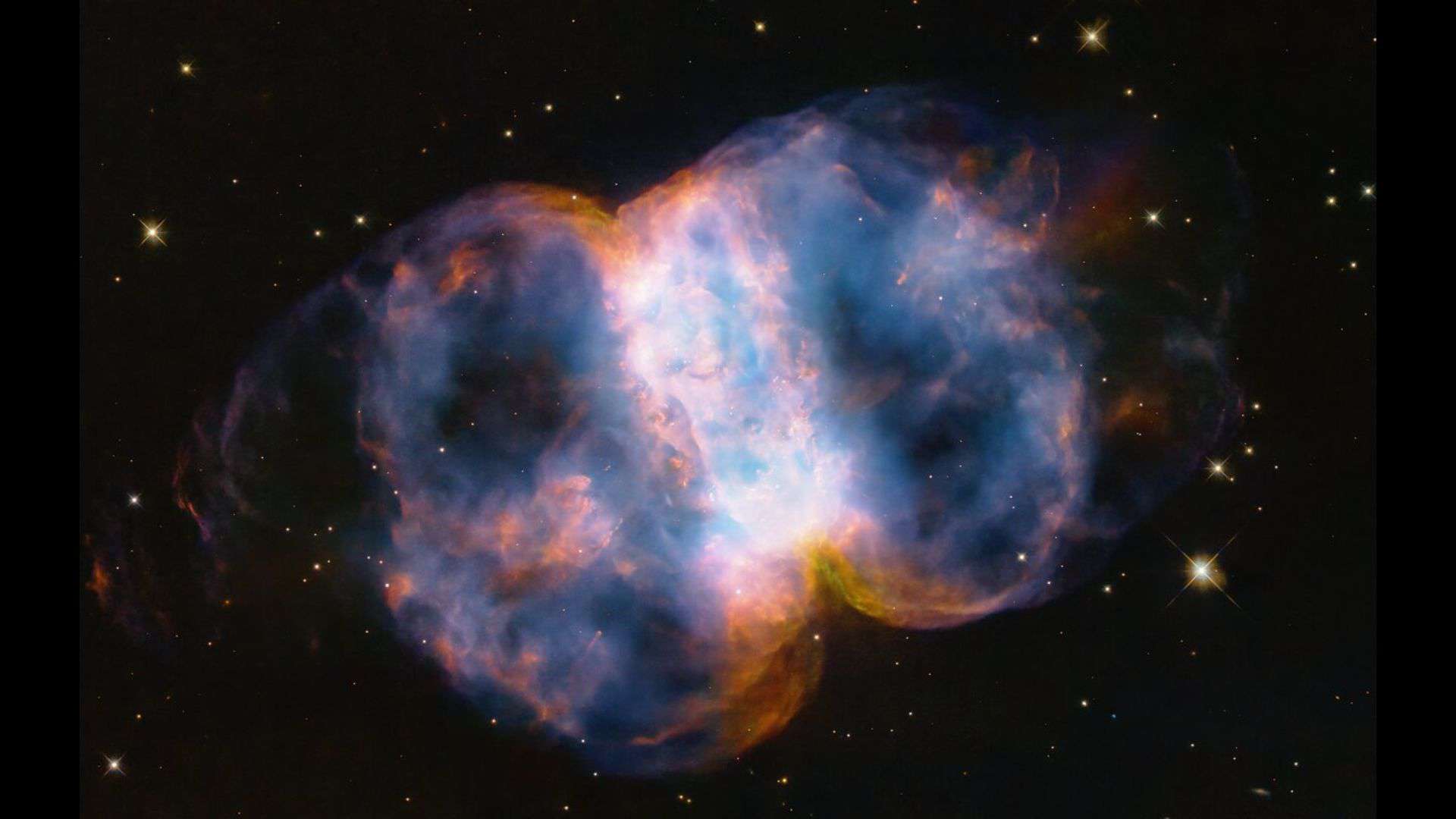
The famous Hubble Space Telescope (HST), which is a joint collaboration of NASA and the European Space Agency (ESA), celebrated its 34th anniversary on April 24, 2024.
The space telescope, which revolutionized our understanding of the universe, was launched on April 24, 1990.
The telescope observes the astronomical objects from a low-earth orbit at an altitude of 320 miles (520 km) from the ground and takes about 95 minutes to complete one orbit around the earth.
The telescope has the ability to observe astronomical objects in ultraviolet, visible, and near-infrared light.
“Since its launch in 1990, Hubble has made 1.6 million observations of over 53,000 astronomical objects,” NASA said in a statement.
To date, 44,000 science papers have been published from Hubble observations, and 184 terabytes of processed data are present for astronomers around the world to use for research and analysis.
“The space telescope is the most scientifically productive space astrophysics mission in NASA history,” NASA said in a statement.
“Most of Hubble’s discoveries were not anticipated before launch, such as supermassive black holes, the atmospheres of exoplanets, gravitational lensing by dark matter, the presence of dark energy, and the abundance of planet formation among stars,” NASA said in another statement.
To celebrate its 34th anniversary, the space telescope has captured an image of the Little Dumbbell Nebula (alternatively called Messier 76), located 3,400 light-years away in the direction of the constellation Perseus.
This beautiful nebula is one of the favorite targets of amateur astronomers.
A planetary nebula is unrelated to planets. When a sun-like star (of mass less than about 8 solar masses) dies at the end of its nuclear fuel, its dense core becomes a white dwarf, and its outer layers of gas expand to form a glowing planetary nebula.
A planetary nebula vanishes into the interstellar (space between stars) medium only after a few ten thousand years, which is a very short time compared to the cosmological timescale.
Few Resources
Know what Hubble saw on your birthday.
Know what Hubble is looking at now.
Please bookmark Spaceandtelescope.com or follow us on Facebook and Twitter to get latest space news, upcoming skywatching events and astronomy-related content.
